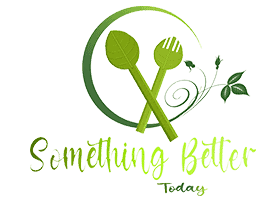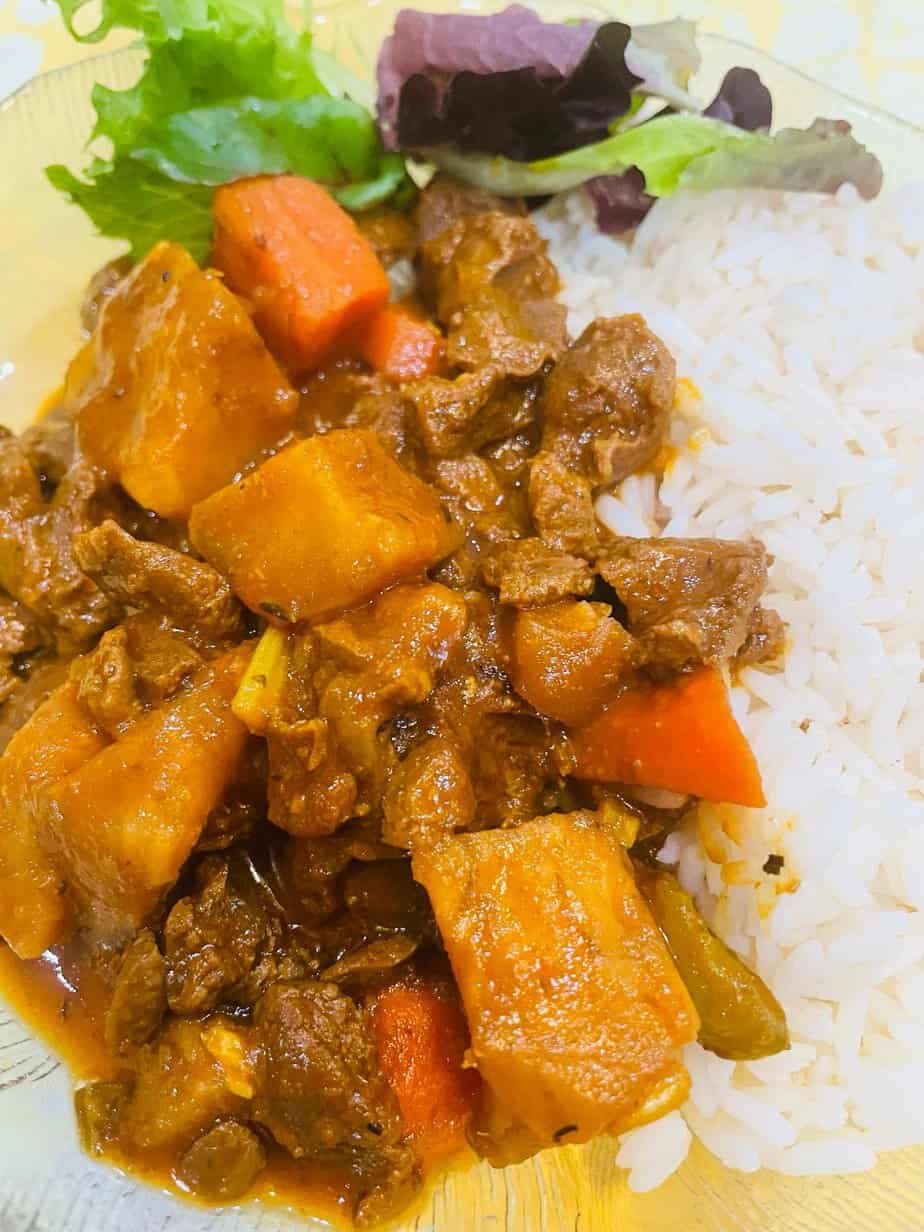- Course: Entrée
Soya chunks have been a popular vegetarian food for years. They are generally used in place of meat-based dishes and are most often consumed in Indian and Chinese cuisines. Soya chunks generally come from roasted soybean seeds, which become dry and hard after extensive roasting. These chunks are then crushed into smaller bits before being sold and eaten.

Vegetarians prefer soy chunks because of their high protein content. Because of its bulk and texture, soya chunks are preferred by non-vegetarians in addition to vegetarians. Soya chunks recipe are quite popular, especially among people who are health-conscious because of their high protein content.
Try tasty soy chunks
You will love soy chunks. Soy chunks are a nutritious, protein-rich food that can be added to soups, stews, and salads, or eaten as a snack by themselves. Soy chunks are very healthy for you because they contain calcium, iron, and protein all in one small package. You should try eating some soy chunks today.
Background history
Soya chunks are becoming a well-liked food item among vegans. This is mostly a result of clever marketing by SPRA. The product was only sometimes utilized following SPRA’s introduction of it. However, Soya Chunks are now a common element in Sikh cooking as the community has embraced the food as a staple.
This recipe is made from soybeans. Soybeans are a nutritious, protein-rich food that’s high in protein and calcium, and contains iron. Soybeans also contain isoflavones which have been shown to have beneficial effects on health, including the reduction of hot flashes among women going through menopause.
Tips of storage
- Keep them in a dry, cool environment.
- Store them in a freezer bag or an airtight container.
- If you’re using the soya chunks for cooking and want to store them for longer than 1-2 days, keep them in your refrigerator (up to 5 days).
- Dried soy chunks can last for up to 12 months when kept in an airtight container in a cool, dry, and dark location.
How to rehydrate soy chunks
Soya chunks can be rehydrated by putting them in a bowl, adding boiling water on top, and setting them aside for 10 minutes. Because of its adaptability, soya chunks can be used in a wide range of recipes or dishes. They’re perfect for adding to soups, curries, and stews to add texture and flavor, they taste delicious when added to salads, and they’re ideal for stir-fries or pasta dishes; try them in rice dishes too.
Surprising Health Benefits of Soya Chunks
Soya chunks are rich in protein and contain several nutrients that are helpful for the body. Moreover, soy is known as a “miracle food” because they contain so many health benefits. Here are some surprising health benefits of soy chunks.
Maintains heart health
Soya Chunks contain both omega-3 and omega-6 fatty acids that help lower cholesterol levels and maintain heart health by lowering the risk of stroke or heart disease. The health benefits of soya chunks nutrition are numerous. It is a good source of Vitamin B6 (also referred to as pyridoxine) which is necessary for the development of red blood cells and, it aids in hemoglobin synthesis. The presence of vitamin B3 (or niacin) in soya chunks promotes healthy skin and nerves, as well as preventing premature skin aging.
Supports weight loss
Protein is a slow-releasing energy source. In fact, it takes your body longer to digest protein than any other nutrient. This means that you’ll feel full for longer after eating soya chunks, which can help with weight loss. Chunks of nutrition are low in fat and calories, making them ideal for those wanting to lose weight. Soya Chunks are also rich in fiber, making them an excellent choice for anyone who wants to maintain good health or lose weight without compromising on taste.
Serves as a meat alternative
Soy chunks are used as a meat alternative. They have essential nutrients for maintaining healthy muscle mass and tissue repair. Protein also helps to slow down the breakdown of carbohydrates in the body.
Soya pieces can be included in the diets of vegetarians and people who lack protein. They assist in achieving the recommended protein intake without interfering with cultural traditions. 52 grams of protein and 345 calories are contained in each 100-gram meal. It does meet the criteria for a meat substitute while offering more protein than chicken and lamb.
It lessens the signs of menopause
Soya chunks are rich in isoflavones, which are known to have a weak estrogen-like effect on the body. During menopause, the levels of hormones in our bodies change drastically and this can cause uncomfortable symptoms like hot flashes and night sweats. Soy isoflavones have been shown to have a protective effect on the heart by lowering blood pressure and cholesterol levels. Soy also increases bone density and helps maintain healthy blood sugar levels.
Controls women’s hormonal imbalance
The soy isoflavones in soya chunks are known to help balance hormones. Women who suffer from premenstrual syndrome (PMS) or menopause can benefit from the phytoestrogenic properties of soya chunks. You should consume soya chunks every day, as it will help control your hormonal imbalance, thereby leading to a healthy pregnancy and preventing osteoporosis.
Possesses anti-inflammatory qualities
It has been demonstrated that eating soy products improves a number of elements of human health, including the risk of inflammation-related conditions like cardiovascular disease, diabetes, and several malignancies. The effectiveness of soy protein in reducing pain and inflammation in osteoarthritis is described in a study from the Department of Nutritional Sciences at Oklahoma State University.
Strengthens your digestive health
Another surprising health benefit of soya is that it strengthens your digestive health. So many foods today are processed and contain little to no fiber, but soya chunks recipes are packed with fiber, which helps keep your digestive system running smoothly. Whenever you consume foods strong in protein, your body has to break them down into amino acids for absorption. This process requires extra energy from your body and can increase metabolism by as much as 25%.
The iron in soy helps create red blood cells, which transport oxygen throughout the body. Additionally, there are many vitamins and minerals found in soya products (particularly vitamin B1), including calcium and vitamin A which contribute to healthy teeth and bones.
Controls the level of blood sugars
The soy protein in soya chunks helps to reduce the glycemic index of food. The high fiber content of soya chunks also helps in keeping the glucose levels under control. Additionally, you should know that soy has been found to be safe for people with diabetes and hence, can be consumed by them as well. Soy is a good source of protein for people with diabetes and is also healthy for those who are not suffering from any health complications.
Are soya chunks healthy?
Yes, soya chunks are healthy. Soy chunks are indeed nutritious. Soy chunks include a sizable amount of protein, polyunsaturated lipids, and omega-3 fatty acids. They are an abundant source of minerals and vitamins.., which support heart health, strong bones, and beautiful skin and hair. Soya pieces can replace meat in a variety of dishes. They may also be consumed by themselves as a diet.
Do soya chunks increase weight?
No, it does not lead to weight gain. A study of soya chunks was conducted and it was discovered that a diet of soya chunks can aid fat loss, by preventing extra fat from gathering around the organs. Because the chunks are high in fiber, they help food move through your system more slowly, keeping you fuller for longer. Consequently, they encourage weight loss.
What are soya chunks made of?
The by-product of the production of soybean oil, soy flour, is used to make soya chunks. As it grow in popularity, related food products that are well-liked all around the world are also becoming more and more common. Because it is chewy and have the same amount of protein as meat, they can be used as a meat substitute. In addition, they don’t contain cholesterol.
Can we eat soya chunks daily?
Yes, we can eat it daily but on recommended intake. Soya chunk consumption in big doses has the potential to raise uric acid levels, which could harm the liver and result in joint pain. As a result, it is advised to limit your daily soya chunk intake to 25 to 30 grams.
You can enjoy other soy recipes on this blog:
Join our growing community of friends and family on the Something Better Today FaceBook page.
Ingredients
No ingredients could be found for this recipe.
Instructions
No instructions could be found for this recipe.

